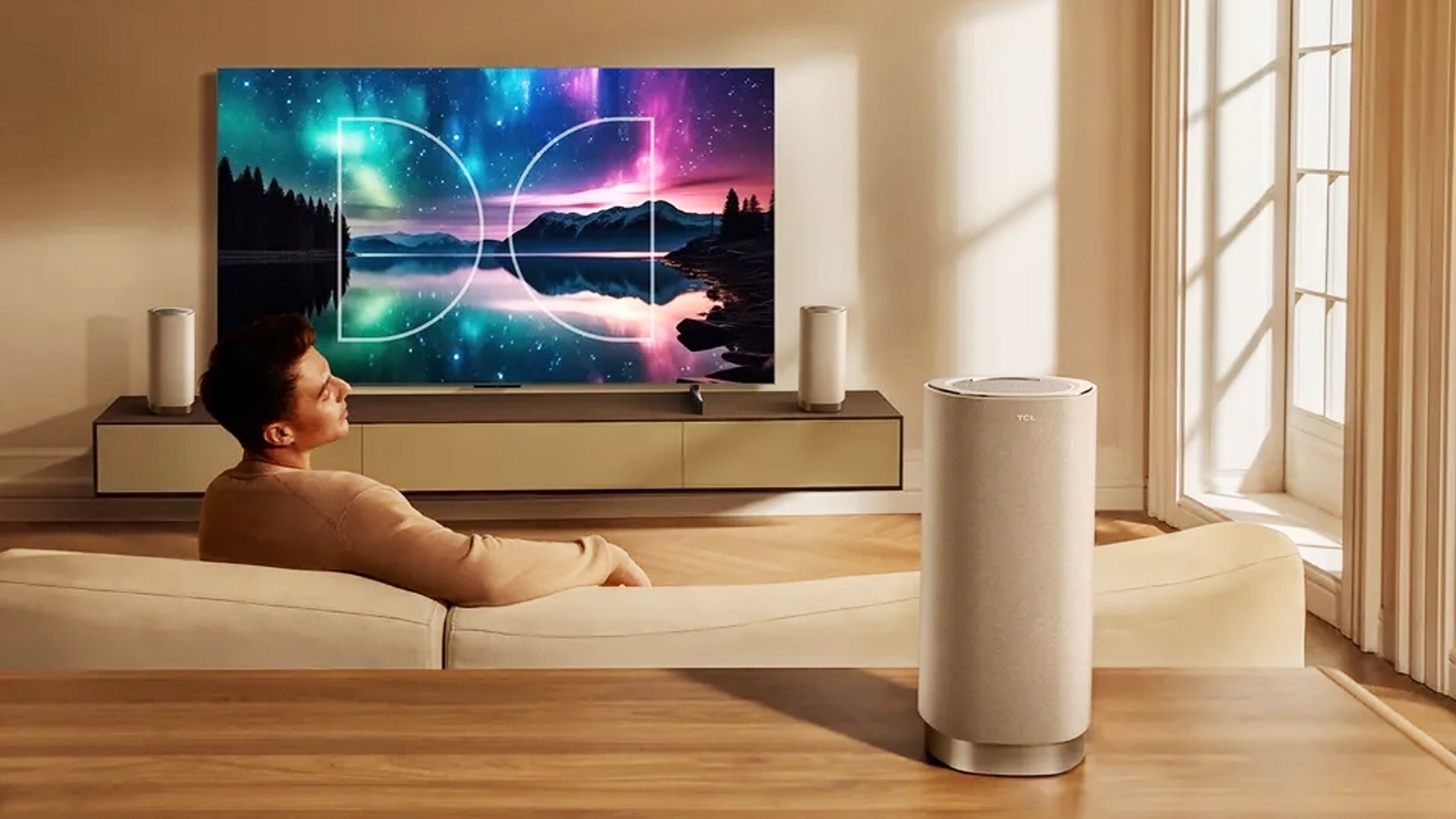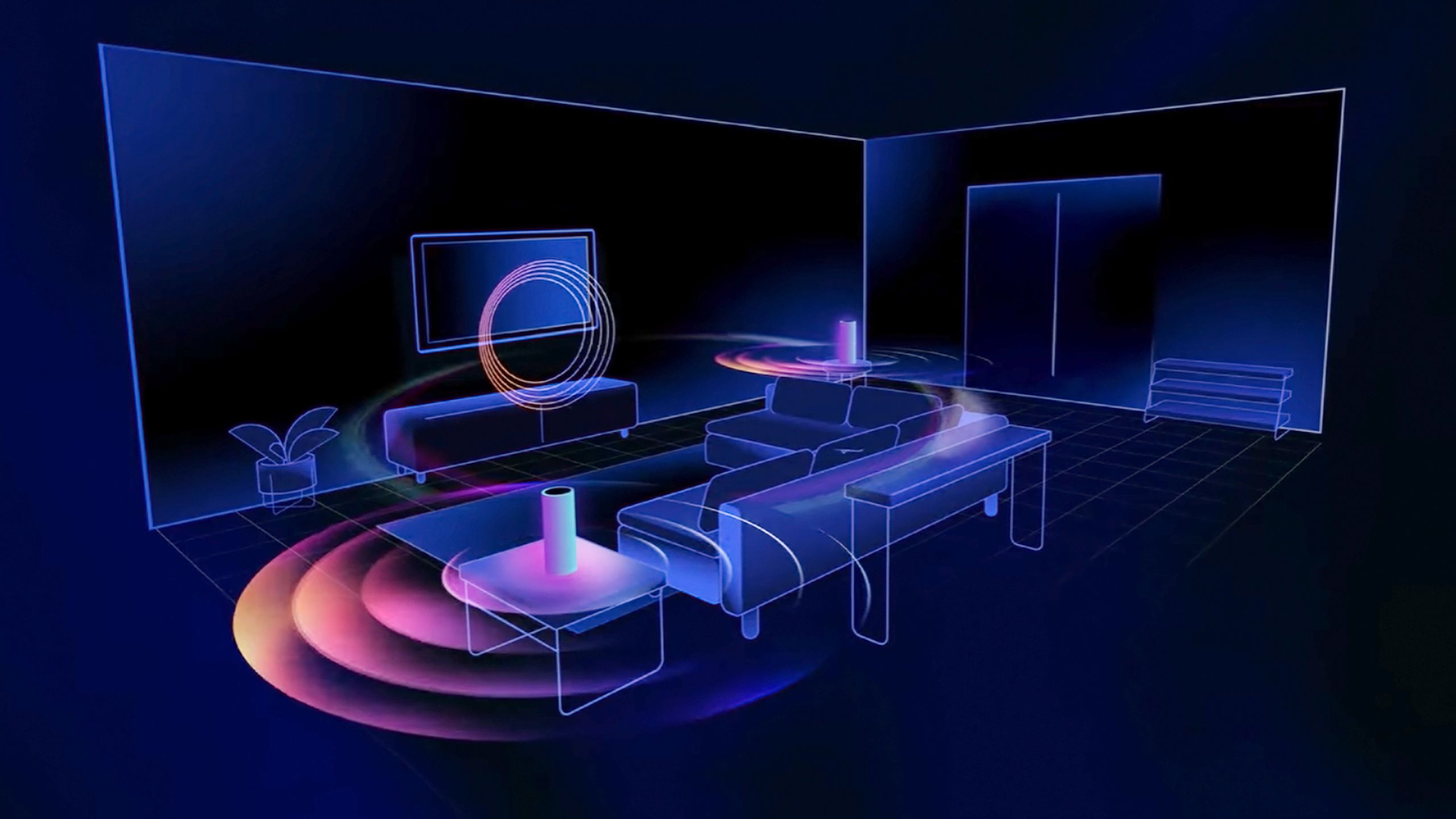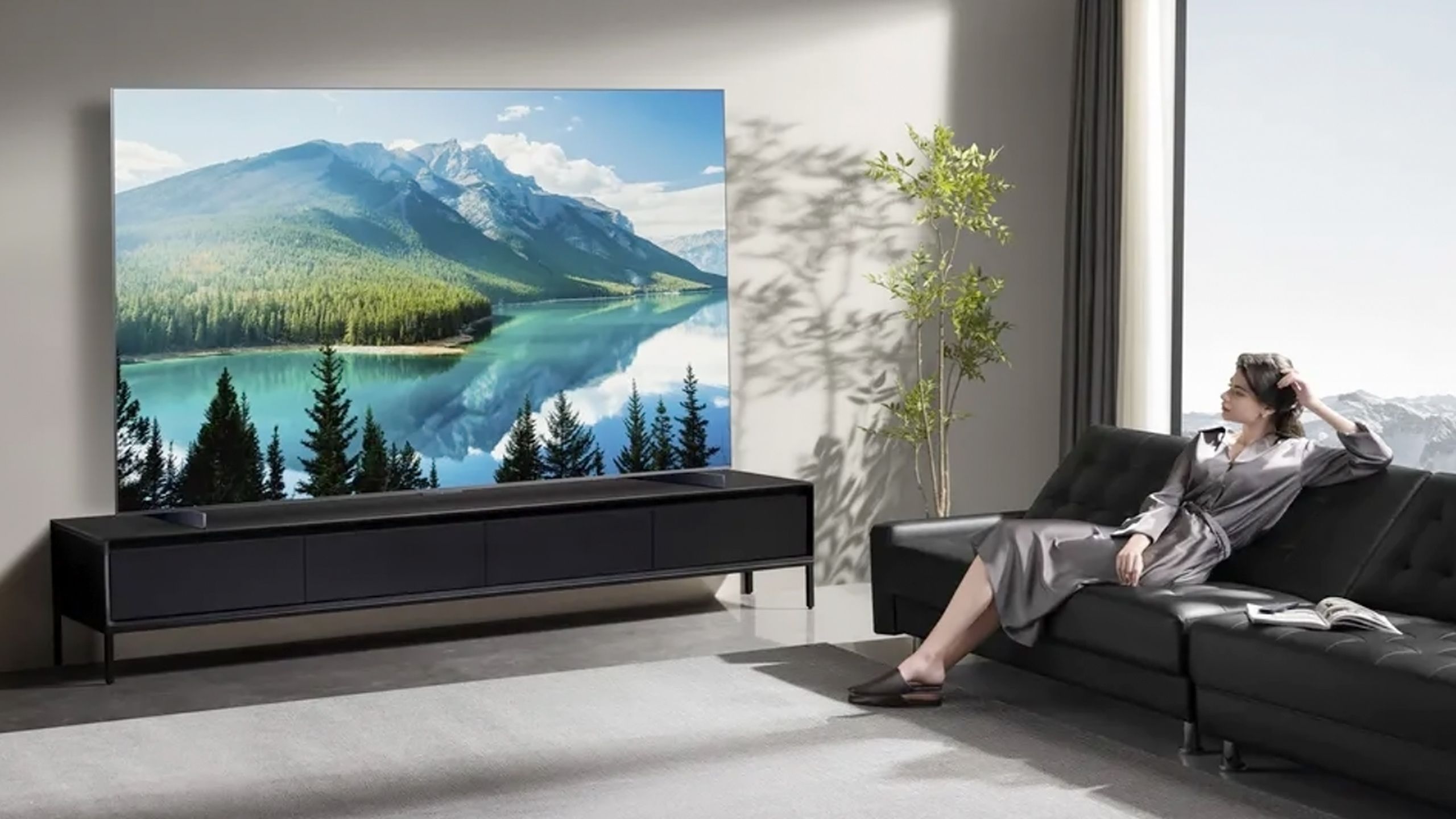This page may contain affiliate links. When you click an affiliate link, we get a small compensation at no cost to you. As an Amazon Associate I earn from qualifying purchases.
Summary
- FlexConnect adapts Dolby Atmos surround sound to varied speaker setups, regardless of how many speakers you have and where they’re located in a room.
- Both your TV and all the speakers you’re using must be compatible, though devices like soundbars may eventually gain the ability to act as FlexConnect hubs.
- The technology is currently exclusive to a handful of TCL mini-LED TVs and a single speaker, the Z100. More partners are coming, but no announcements have been made.
It’s safe to say that at this point, Dolby Atmos is the ruling force in 3D surround sound. There are other formats active out there, such as Eclipsa Audio and DTS:X, but Atmos is the one name everyone recognizes, both in hardware and among the many music and video streaming services out there. Heck, if you’ve got headphones like the Powerbeats Pro 2, you can watch Disney+ videos in Atmos on your iPhone — if you’re paying for the Premium plan, anyway.
Recently Dolby launched an upgrade to the Atmos standard dubbed Atmos FlexConnect. It’s not going to revolutionize surround sound, or force you to replace any hardware, but you should be aware of the technology when you’re out shopping for a new TV or set of home theater speakers. In a few years, I’d expect it to be de facto in the TV industry. Here’s what you need to know at the moment.
Related
OLED vs mini-LED vs QLED in 2025: Which TV tech should you buy?
Today, you can get surprising image quality without spending a fortune.
What is Dolby Atmos FlexConnect?
3D surround sound for the real world
TCL
FlexConnect is a technology meant to adapt Atmos to less-than-perfect speaker and room scenarios. Traditionally, the best (realistic) home surround setups have involved a 5.1- or 7.1-channel satellite system, with each satellite positioned at a particular distance and angle relative to where listeners are going to sit. Not everyone can afford to jump straight to that number of speakers, though, and even if they can, a living space won’t necessarily cooperate. There aren’t always power outlets where you need them, and walls and furniture can prevent satellites from going where they’re supposed to. In my own home, even a 5.1-channel system would be incredibly awkward — the rear channels would have to sit on the couch directly behind my head. There just isn’t enough room for satellite stands.
FlexConnect is a technology meant to adapt Atmos to less-than-perfect speaker and room scenarios.
FlexConnect solves this with a system centered around your TV. Microphones on the TV listen for connected speakers, using audio signals to gauge positioning. Atmos output is adjusted automatically to compensate, so in theory, you can have as few or as many speakers as you want, located anywhere you want. It’s somewhat similar to the Trueplay technology in Sonos speakers — just with a different focus, and no ties to a particular hardware brand. Beyond the launch window, that is — more on that in a moment.
Since FlexConnect is only just rolling out, I can’t say how well it works in practice. I will note that while Dolby claims you can use a single add-on speaker sitting right next to your TV, don’t expect much of a surround-sound effect from that. There’s also going to be a fine balance in some arrangements, say if one speaker is a foot away from you, while the rest are on opposite sides of the room. If FlexConnect gets levels wrong, that could result in some sounds being drowned out. Hopefully I’ll be able to report back with hands-on experience.
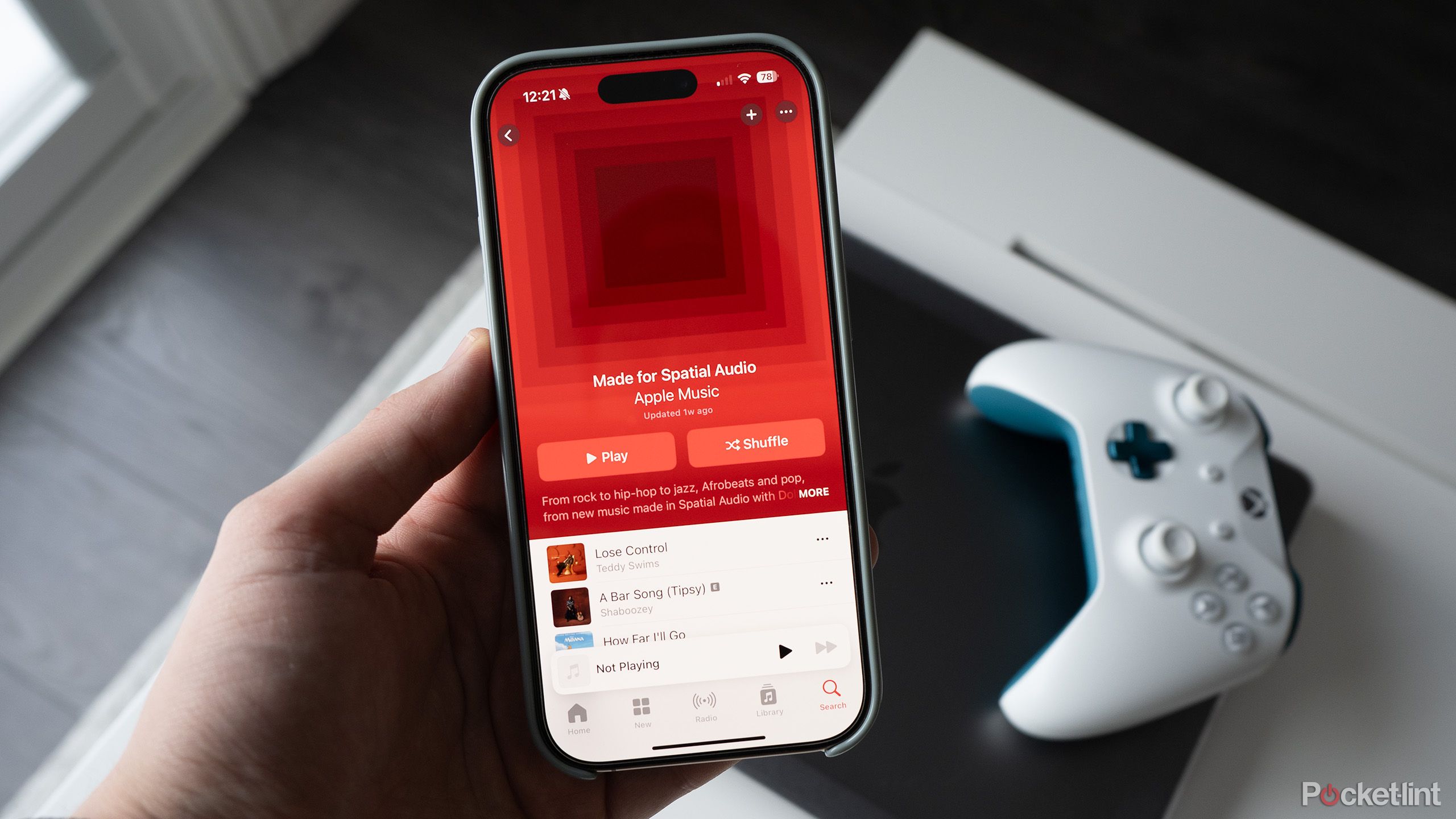
Related
Dolby Atmos for music streaming is a waste of time
The latest in audio technology might be a little too advanced for enjoying music
How does Dolby Atmos FlexConnect work?
Easy to use, but with specific requirements
Dolby
For now, both your TV and all the speakers you’re planning to use need to be specifically compatible with FlexConnect. Hypothetically, existing TVs and speakers could be updated with the technology, but there’s no word on that happening so far. There’s also the possibility of something like a soundbar serving as FlexConnect hub instead of your TV, but nothing has been announced in that regard either.
With the current TV-centric system, you initiate a software setup that automatically locates and configures compatible speakers. The process is said to take “a few minutes” — suggesting that like Sonos Trueplay, you’re going to have to wait a few moments while sounds bounce around your room. It’s not clear if you have to repeat this process whenever you add, remove, or reposition speakers. On paper, there’s nothing stopping Dolby and its partners from letting speakers adjust output on the fly, perhaps using sub-audible signals to communicate.
For now, both your TV and all the speakers you’re planning to use need to be specifically compatible with FlexConnect.
One thing that is confirmed is that FlexConnect supports using your TV’s internal speakers in the mix. That could keep prices down for some people, although most internal speakers tend to be weak, especially in the bass department. Personally, I’d recommend getting at least two FlexConnect speakers if you want to be impressed.
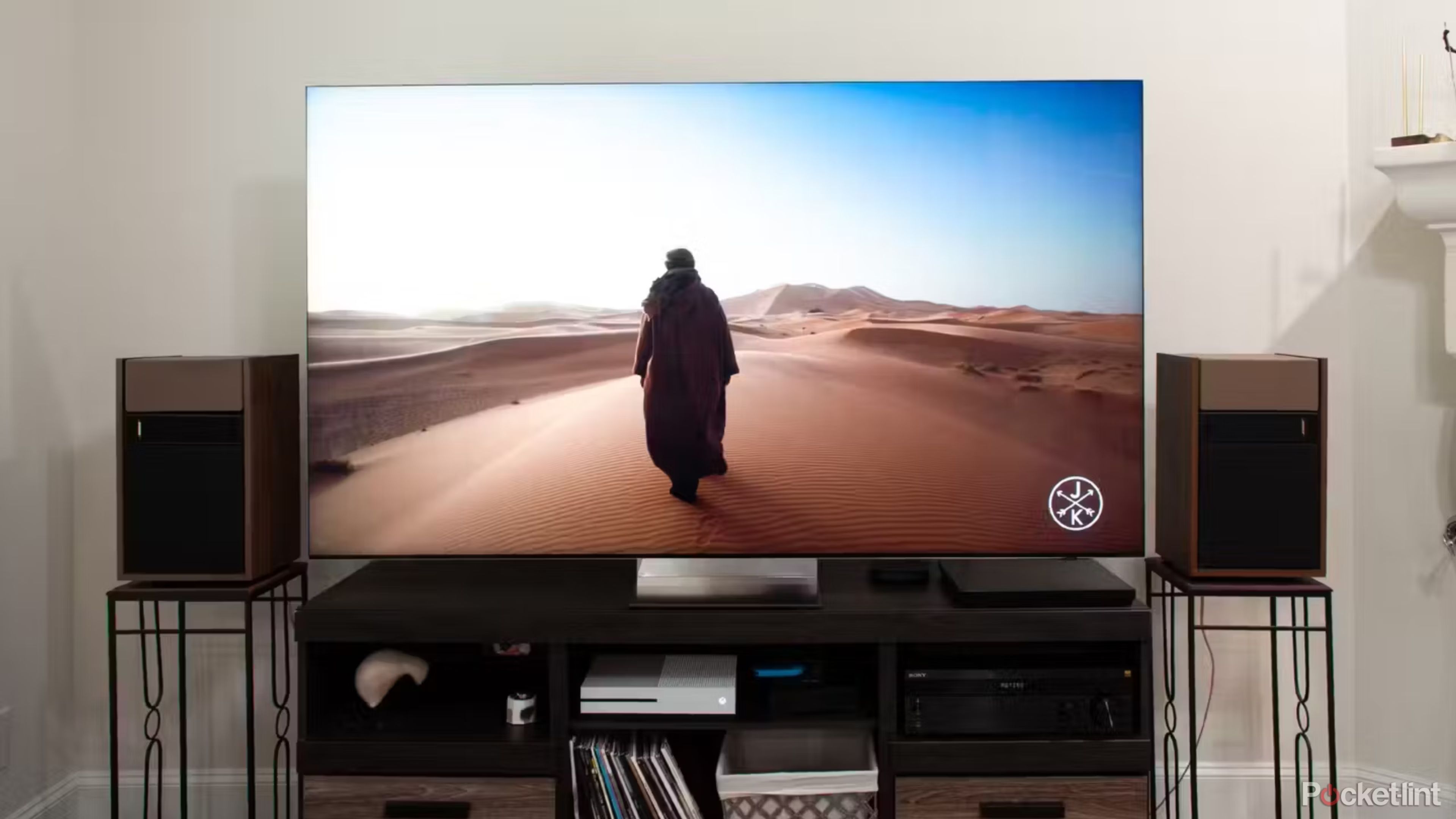
Related
5 Samsung TV settings I change right away
Make sure to fix these things before you settle down for a movie marathon.
When is Dolby Atmos FlexConnect going to be available?
Soon, but not just yet
TCL
Dolby has an exclusive launch partnership with Chinese electronics maker TCL. Accordingly, the first TVs to support FlexConnect will be three QD-Mini LED models from the company, coming to the US in summer 2025: the QM8K, QM7K, and QM6K. The latter two products should already be available at some stores, but you’ll have to wait until June for the QM8K, which represents a top-of-the-line option.
The QM8K will be available in four size and price tiers:
- 65-inch: $2,300
- 75-inch: $3,000
- 85-inch: $3,800
- 98-inch: $6,500
For the other end of the equation, TCL is rolling out just one FlexConnect speaker to start with, the Z100. Each unit is said to function as a “1.1.1” system, meaning it has forward-facing, upfiring, and bass drivers. Like the QM8K, the Z100 should also arrive in the US later this summer, although pricing remains uncertain. All we know is that in China, the speaker is already available for CN¥1,499, or roughly $208. TCL is planning a subwoofer to go with the Z100 at some point.
Other companies have supposedly pledged to add FlexConnect, but their names haven’t been revealed.
As for support beyond TCL, that’s a mystery. Other companies have supposedly pledged to add FlexConnect, but their names haven’t been revealed, much less what they’re making or when those products might ship. If I were to hazard a guess, I’d look for rollouts closer to the fall, when companies try to capitalize on Christmas shopping. It would be strange if nothing was announced before Super Bowl LX in February 2026 — many people upgrade their TVs ahead of the big game.

You might also like
Everything you need to know about PEVs, or personal electric vehicles
You can use PEVs like e-bikes and scooters to explore, run errands, or speed up your commute.


